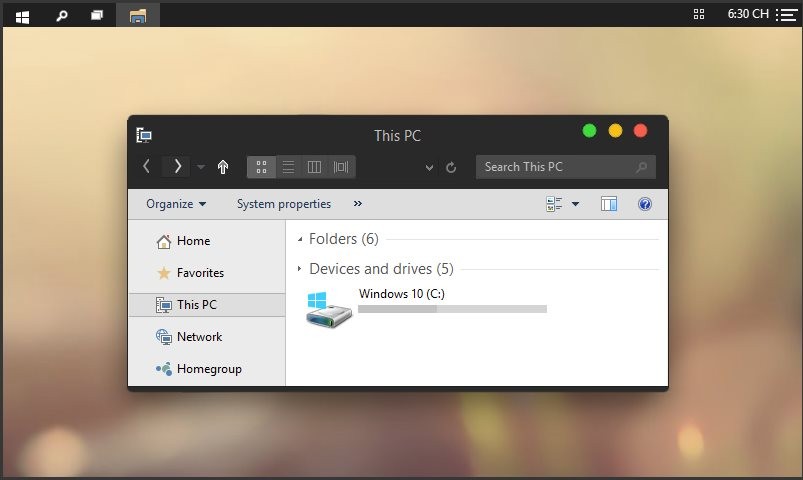Make Microsoft Windows Windows Look Like Mac
Nov 28, 2018 Add the Mac OS X Launchpad to Windows. The Launchpad is the Mac OS X’s app launcher, which you can add to Windows 10 with the WinLaunch Starter software. This is a program that replicates the Mac OS X Lion’s Launchpad GUI in Windows. Click the Download button on its Softpedia page to save the Zip. Windows users who fell in love with Yosemite's look, but do not want to give up on the functionality of Microsoft's operating system in the favor of Mac OS X, can now make their desktops look just.
Be Like
Microsoft has included several redesigned emoji in Windows 10 that resemble Apple's emoji found on iPhone, iPad and Mac, including a wide range of faces and even the 'sassy' information desk person (via Emojipedia). The update also includes skin tone modifiers, the middle finger, a new haircut emoji and more, although country flags are still not supported on the upcoming operating system.


Windows 10 is currently available in beta for developers and is expected to be released to the public in July. The latest version of Windows will deliver a unified experience and platform integration that will make it easy to put one device down and continue where you left off on another device. The software update will be free for Windows 8.1 and Windows 7 users for the first year.
2020-3-17 Where are Microsoft Office for Mac My Templates stored? Ask Question Asked 8 years, 1 month ago. Active 1 year, 5 months ago. Viewed 143k times 43. Where do Word for Mac and Powerpoint for Mac store user templates? Macos ms-office. Share improve this question. Why is my microsoft word locked. 2012-11-1 Original Title: 'Need HELP Finding My Custom PowerPoint Templates and Themes' Where do i find the My Templates and My Themes and My Colors folders on my Mac, I'm using Office 2011 and Lion OX. I created some custom templates, I saved them in the folders (above), but these folders are not visible. I have spent hours searching.
Make Microsoft Windows Windows Look Like Mac Os
Many emoji character sets have been incorporated into Unicode, resulting in the icons being standardized across multiple platforms such as iOS, Android, OS X and Windows. The exact appearance of emojis is then left up to companies like Apple, Microsoft, Google and Twitter to decide. In this case, Microsoft's redesigned emoji and the addition of skin tone modifiers is more uniform with Apple's collection.